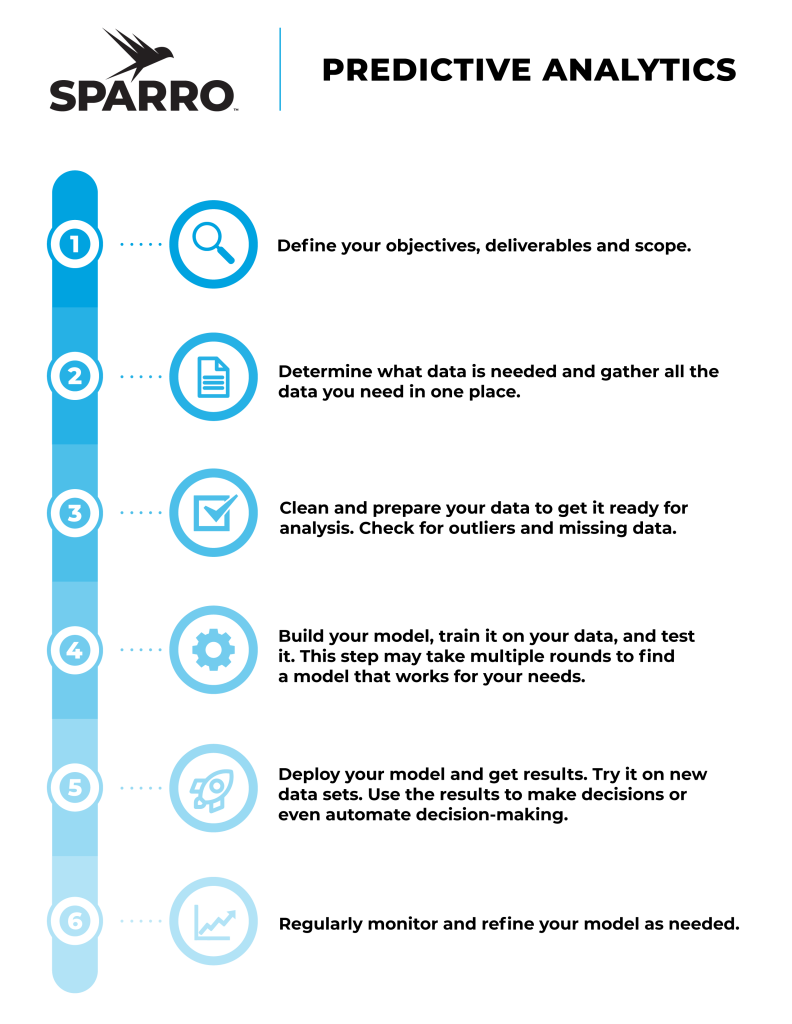
Operating a modern enterprise is complex, with many moving parts and a great deal of data to analyze. In fact, the amount of data collected is ever-increasing (hence the term “big data”), with not only traditionally structured data but also information collected from IoT devices, video, text messages, and more. It can be difficult, even for experts, to determine exactly what information matters for things like managing resources and forecasting inventory, let alone how to use that data to improve performance in a meaningful way.
To assist in understanding all this data, predictive analytics uses tools such as data mining, statistical analysis, machine learning, and artificial intelligence to gather large amounts of data and analyze that data for actionable outcomes. The typical predictive analytics process includes the following steps:

Predictive analytics can be used for many different purposes across a wide variety of fields, such as:
While all these things can be accomplished on some level with standard data analysis, predictive analytics offers more effective ways to look at big data more deeply and draw useful inferences from that data, with recommendations or even automated adjustments based on the results. Predictive analytics can accomplish what might otherwise take a sizable team of experts a great deal of time to figure out, saving your business time and money.